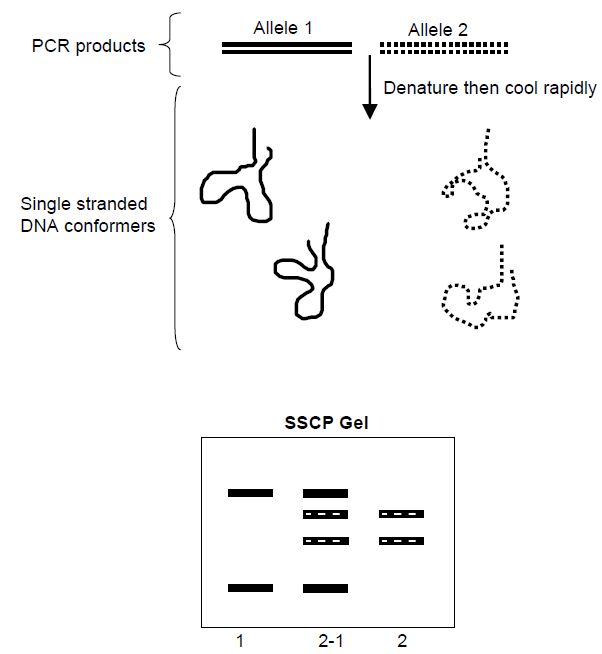

النبات

مواضيع عامة في علم النبات

الجذور - السيقان - الأوراق

النباتات الوعائية واللاوعائية

البذور (مغطاة البذور - عاريات البذور)

الطحالب

النباتات الطبية


الحيوان

مواضيع عامة في علم الحيوان

علم التشريح

التنوع الإحيائي

البايلوجيا الخلوية


الأحياء المجهرية

البكتيريا

الفطريات

الطفيليات

الفايروسات


علم الأمراض

الاورام

الامراض الوراثية

الامراض المناعية

الامراض المدارية

اضطرابات الدورة الدموية

مواضيع عامة في علم الامراض

الحشرات


التقانة الإحيائية

مواضيع عامة في التقانة الإحيائية


التقنية الحيوية المكروبية

التقنية الحيوية والميكروبات

الفعاليات الحيوية

وراثة الاحياء المجهرية

تصنيف الاحياء المجهرية

الاحياء المجهرية في الطبيعة

أيض الاجهاد

التقنية الحيوية والبيئة

التقنية الحيوية والطب

التقنية الحيوية والزراعة

التقنية الحيوية والصناعة

التقنية الحيوية والطاقة

البحار والطحالب الصغيرة

عزل البروتين

هندسة الجينات


التقنية الحياتية النانوية

مفاهيم التقنية الحيوية النانوية

التراكيب النانوية والمجاهر المستخدمة في رؤيتها

تصنيع وتخليق المواد النانوية

تطبيقات التقنية النانوية والحيوية النانوية

الرقائق والمتحسسات الحيوية

المصفوفات المجهرية وحاسوب الدنا

اللقاحات

البيئة والتلوث


علم الأجنة

اعضاء التكاثر وتشكل الاعراس

الاخصاب

التشطر

العصيبة وتشكل الجسيدات

تشكل اللواحق الجنينية

تكون المعيدة وظهور الطبقات الجنينية

مقدمة لعلم الاجنة


الأحياء الجزيئي

مواضيع عامة في الاحياء الجزيئي


علم وظائف الأعضاء


الغدد

مواضيع عامة في الغدد

الغدد الصم و هرموناتها

الجسم تحت السريري

الغدة النخامية

الغدة الكظرية

الغدة التناسلية

الغدة الدرقية والجار الدرقية

الغدة البنكرياسية

الغدة الصنوبرية

مواضيع عامة في علم وظائف الاعضاء

الخلية الحيوانية

الجهاز العصبي

أعضاء الحس

الجهاز العضلي

السوائل الجسمية

الجهاز الدوري والليمف

الجهاز التنفسي

الجهاز الهضمي

الجهاز البولي


المضادات الميكروبية

مواضيع عامة في المضادات الميكروبية

مضادات البكتيريا

مضادات الفطريات

مضادات الطفيليات

مضادات الفايروسات

علم الخلية

الوراثة

الأحياء العامة

المناعة

التحليلات المرضية

الكيمياء الحيوية

مواضيع متنوعة أخرى

الانزيمات
Single-stranded Conformation Polymorphism (SSCP)
المؤلف:
John M Walker and Ralph Rapley
المصدر:
Molecular Biology and Biotechnology 5th Edition
الجزء والصفحة:
21-11-2020
3420
Single-stranded Conformation Polymorphism (SSCP)
Originally described by Orita et al. in 1989,58 SSCP has been widely applied in the field of human genetics, where it has been used both for SNP detection and for SNP discovery,59 although it is generally preferred for the former application. The essence is to denature PCR products to make them single stranded and then to separate them by gel electrophoresis under non-denaturing conditions. In the absence of strong denaturants, a single-stranded fragment of DNA will adopt a unique and specific three-dimensional conformation as it attempts to fold into the most stable structure. The mutated form will adopt a different conformation to its wild-type counterpart. The differences in the conformers can be assessed on electrophoresis gels, where a heterozygous sample normally displays four bands, one for each denatured strand, and homozygotes normally display two bands (Figure 1). For mutation detection, the resolving power of the technique is improved by scanning PCR fragments that are less than 300 base pairs in length. Provided that PCR-SSCP analysis is conducted under appropriate conditions, for example by repeating each electrophoresis experiment at two running temperatures or by varying the amount of mild denaturant included in the gel (such as formamide), it has been shown to be an efficient approach to discovering new mutations. Initially SSCPs were detected using autoradiography of radiolabelled PCR products, followed later by silver staining to visualise unlabelled DNA fragments. A semi-automated method, PLACE-SSCP, has been developed in which the products of the PCR are labelled with fluorescent dyes and analysed by capillary electrophoresis under SSCP conditions. As with many other mutation detection techniques, SSCP analysis is amenable tomul tiplexed PCR formats where several PCR products labelled with different fluorophores are analysed in the same electrophoretic lane.

Figure 1 Principle of SSCP analysis. In the presence of heat and formamide, the dsDNA PCR products from a heterozygote are denatured for several minutes to form single-stranded DNA (ssDNA). Immediately before loading on to a non-denaturing electrophoresis gel, the samples are cooled on ice to encourage the formation of ssDNA conformers. Each conformer has a unique electrophoretic mobility as shown on the gel diagram.
 الاكثر قراءة في مواضيع عامة في الاحياء الجزيئي
الاكثر قراءة في مواضيع عامة في الاحياء الجزيئي
 اخر الاخبار
اخر الاخبار
اخبار العتبة العباسية المقدسة

الآخبار الصحية















 قسم الشؤون الفكرية يصدر كتاباً يوثق تاريخ السدانة في العتبة العباسية المقدسة
قسم الشؤون الفكرية يصدر كتاباً يوثق تاريخ السدانة في العتبة العباسية المقدسة "المهمة".. إصدار قصصي يوثّق القصص الفائزة في مسابقة فتوى الدفاع المقدسة للقصة القصيرة
"المهمة".. إصدار قصصي يوثّق القصص الفائزة في مسابقة فتوى الدفاع المقدسة للقصة القصيرة (نوافذ).. إصدار أدبي يوثق القصص الفائزة في مسابقة الإمام العسكري (عليه السلام)
(نوافذ).. إصدار أدبي يوثق القصص الفائزة في مسابقة الإمام العسكري (عليه السلام)


















